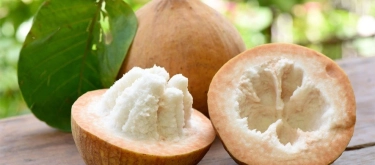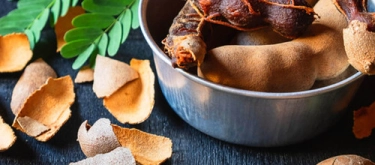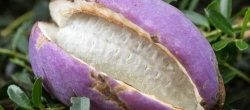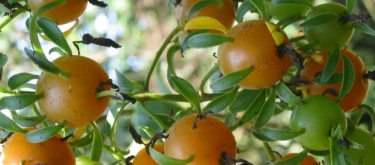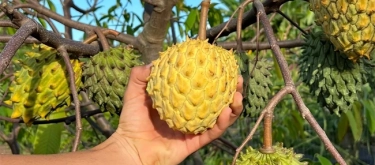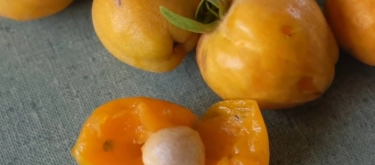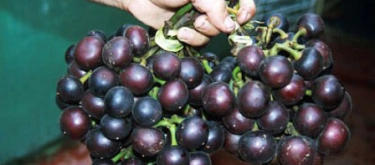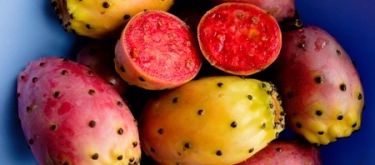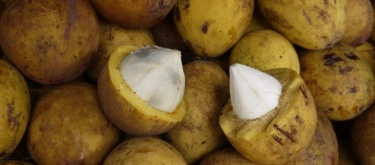Pithecellobium: Taste Profile, Aroma, Benefits and Health Risks
Pithecellobium (also known as Manila Tamarind, Guamúchil, Madras Thorn; Pithecellobium dulce) is a tropical fruit native to Central America, Mexico, and northern South America, widely cultivated across Asia, particularly in the Philippines and India. Historically valued for its edible pulp, unique flavor, and medicinal properties, pithecellobium fruit is a cherished, yet less globally recognized tropical delicacy increasingly appreciated for its culinary versatility.
Pithecellobium fruits contain edible pulp; however, their seeds and pods can contain mildly toxic or irritating compounds and must not be consumed. Individuals with legume allergies or sensitivities should exercise caution. Due to limited research, pregnant and breastfeeding women should consume moderately.
What does Pithecellobium taste like?
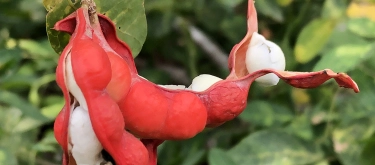
Complete Sensory Description:
Taste
Pithecellobium fruit pulp has a distinctly sweet, mildly acidic flavor, often described as delicate and nuanced. The flavor combines notes reminiscent of coconut water, apples, and subtle melon-like sweetness, accented by gentle, citrusy undertones and mild earthiness.
Aroma
The aroma is mild, fresh, and subtly sweet, featuring delicate notes similar to young coconut, mild melon, and faint citrus blossom fragrances.
Texture
The edible pulp surrounding the seeds is soft, fibrous, and somewhat cottony, offering a unique, fluffy texture. It is lightly moist, dissolving gently in the mouth, contrasting distinctly with the crisp outer pods and firm, glossy seeds.
Appearance
Pithecellobium fruits grow in distinctive spiral-shaped pods, approximately 8–12 cm in length. When mature, pods turn from green to pinkish-white or reddish-brown, splitting open to reveal white or pinkish edible pulp segments surrounding black seeds.
In-depth Flavor Analysis:
The nuanced flavor profile of pithecellobium arises from a complex interplay of sugars, mild organic acids, tannins, and aromatic compounds:
-
Sweetness Profile: Gentle sweetness predominantly from sucrose and fructose, reminiscent of coconut water and ripe apples, offers subtle, natural sweetness that is never overpowering.
-
Acidic Balance: Mild acidity primarily from malic and citric acids provides slight tartness, accentuating and balancing the fruit's sweetness and lending a refreshing quality to the flavor profile.
-
Aromatic Complexity: The mild aroma results from low concentrations of volatile compounds like ethyl acetate, responsible for fruity sweetness, along with traces of linalool, providing subtle floral-citrus nuances. Additionally, aldehydes contribute to fresh, green notes, enhancing complexity.
-
Environmental Influence: The sweetness and acidity levels of pithecellobium fruits significantly vary with ripeness, soil conditions, and climate. Fruits harvested under optimal conditions—warm, semi-arid climates—demonstrate enhanced sweetness and balanced acidity.
Varieties and Culinary Applications:
Pithecellobium does not have commercially distinct varieties, though regional variations in sweetness, pulp color, and pod size exist. Culinary uses include:
- Fresh Consumption: Popularly consumed fresh, straight from the pods, offering a sweet, refreshing snack.
- Beverages: Occasionally used in refreshing drinks, smoothies, or traditional fermented beverages, providing gentle sweetness and mild flavor.
- Desserts and Sweets: Commonly incorporated into fruit salads, ice creams, puddings, or desserts as a delicate flavor enhancer.
- Savory Applications: Rarely, but occasionally used to add subtle sweetness or mild acidity in traditional sauces or chutneys.
Selection and Storage:
Choose fruits with brightly colored, firm pods showing slight splitting, indicating ripeness. Avoid discolored, excessively soft, or moldy pods. Store fresh pithecellobium fruits at room temperature for short-term use or refrigerated in breathable containers for up to one week. Freezing is not recommended due to delicate texture degradation.
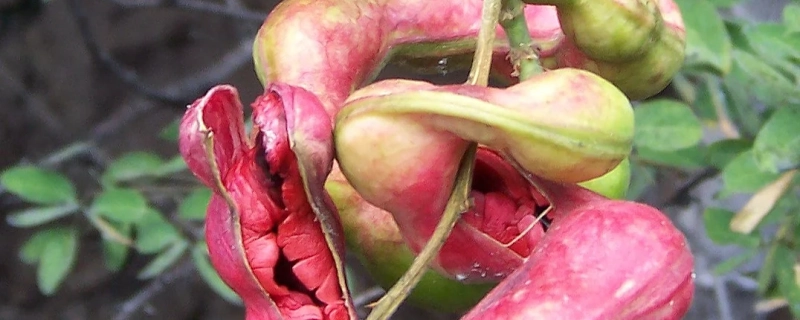
Nutritional Insights:
Pithecellobium fruits are moderately nutritious, providing dietary fiber, vitamin C, antioxidants, and essential minerals such as calcium, phosphorus, and potassium. Regular consumption may aid digestive health through fiber content, contribute to antioxidant intake, and support immune function with vitamin C. The mild mineral content offers supplemental nutritional benefits, especially valuable in diets lacking fresh produce.
Expert Insights & Culinary Tips:
- Flavor Pairings: Pithecellobium’s gentle sweetness pairs nicely with citrus fruits, coconut, mild dairy products (yogurt, cream), honey, and delicate herbs like mint or basil.
- Preparation Recommendations: Consume fresh fruits directly from pods to fully appreciate their subtle flavor and unique texture. Avoid prolonged cooking or strong flavor pairings to maintain delicate sensory qualities.
- Safety Precautions: Always discard seeds and pods carefully due to potentially toxic or irritating compounds.
Interesting and Curious Facts:
- The name "Manila Tamarind" refers to its popularity in the Philippines, despite having no direct relation to true tamarinds.
- Historically, pithecellobium trees have been planted widely as shade trees and for ornamental purposes due to their drought tolerance and attractive appearance.
- Traditional medicinal use of pithecellobium includes treatments for mild digestive ailments and as an antiseptic, highlighting its longstanding value in local communities.
Harm and Dietary Considerations:
Seeds and pods of pithecellobium fruit contain mildly toxic or irritating substances and must never be ingested. Individuals allergic or sensitive to legumes should consume cautiously. Limited allergenicity data advises caution when introducing pithecellobium to those prone to fruit allergies. Pregnant women should consume moderate quantities due to limited available safety research.
Religious Dietary Considerations:
Pithecellobium fruits have no known restrictions or limitations within major religious dietary practices, including Halal, Kosher, Hindu vegetarianism, and Buddhist dietary traditions, making them universally acceptable.
Final Thoughts & Sensory Journey:
Pithecellobium provides a distinctive sensory experience, characterized by delicate sweetness, refreshing mild acidity, and an intriguingly fluffy texture. Although subtle, its appealing flavor, nutritional properties, and cultural heritage make pithecellobium a delightful tropical fruit worth discovering.
Resources:
- "Edible Medicinal and Non-Medicinal Plants, Volume 4: Fruits" by T.K. Lim (Springer, 2012)
- "Handbook of Fruit and Vegetable Flavors" by Y.H. Hui (John Wiley & Sons, 2010)
- "Tropical and Subtropical Fruits: Postharvest Physiology, Processing and Packaging" by Muhammad Siddiq (Wiley-Blackwell, 2012)
